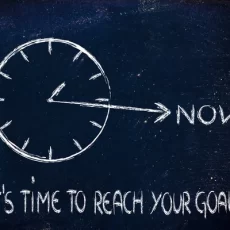The human mind weaves up to seventy thousand thoughts per day, as per the findings of The Laboratory of Neuroimaging at the University of Southern California. There is an ongoing debate about whether that number holds true or not. But one thing we know for sure is that the mind never rests – whether sleeping or awake, the wheels keep turning. There has never been a moment when we are not having a thought. The mind is always questioning, analyzing, comparing in its quest of figuring things out around itself. Happy Ho organizes best Meditation and Tarot classes in Noida and Delhi NCR area in India.
And sometimes, this process becomes quite stressful for the person housing this mind, with back to back thoughts firing in one’s headspace. One way to tackle this issue is to label your thoughts and put them in a box. Once that is done, we can assess the usefulness or effectiveness of the thought!
So here are a few categories of thoughts that you may find your mind drifting into:
- Catastrophizing: The mind wanders into ‘what if’ wonderland – What if I do not get that promotion? What if she doesn’t find me attractive? What if I do not matter at all? What if this happens or that? These thoughts amplify anxiety and depression.
- Blaming: Here we try to get rid of an uncomfortable uninvited emotion by pointing a finger on someone else for our pain- I couldn’t ace the exam because of the fight my mom picked up with me early morning. We think of the issue as lying outside our control and hence, give away the power we have to better the situation.
- Rehashing: We watch the same movie made up of our past circumstances, over and over again. Often, in an attempt to derive pleasure or to figure something out.
- Rehearsing: Did you ever find yourself picturing a date or a meeting or any event that is to happen in the future? Well, that’s your mind looking at what is to come, in as many ways as possible. Your mind is undergoing a rehearsal session.
From time to time, ask yourself in which of these four categories is your mind swimming at the moment. Intentionally being curious about what’s going on up there, labelling what flows in there not only gives you an insight into your own functioning but also brings in some space between awareness and the thoughts themselves. And in that space lies your freedom to choose what your mind should be fed with.
Like everything, our thoughts also have a lifespan – they appear and slowly disappear. Adding a pinch of mindfulness to the way we think not only allows us to become familiar with the way our mind automatically operates but also gives us the freedom to separate ourselves from our thoughts, to say out loud, “I am not my thoughts!”



